Resilience and Sustainability of the Water Sector during the COVID-19 Pandemic
Abstract
:1. Introduction
2. Materials and Methods
2.1. Case Study Description: Water Research in South Africa
2.2. Data Collection and Methods
2.2.1. Surveys Conducted and Systematic Data Analysis
2.2.2. Crosstabulation and Chi-Square Analysis
3. Results
3.1. Rethinking Organisational Priorities
3.2. Adopted Pathways and Actions towards Organisational Resilience
4. Discussion
4.1. Mirroring into the Future
4.2. Framing of ‘Big’ and ‘New’ Problems
4.3. Limitations of the Study
5. Conclusions
Author Contributions
Funding
Institutional Review Board Statement
Informed Consent Statement
Data Availability Statement
Acknowledgments
Conflicts of Interest
References
- Nicola, M.; Alsafi, Z.; Sohrabi, C.; Kerwan, A.; Al-Jabir, A.; Iosifidis, C.; Agha, M.; Agha, R. The socio-economic implications of the coronavirus and COVID-19 pandemic: A review. Int. J. Surg. 2020, 78, 185–193. [Google Scholar] [CrossRef] [PubMed]
- Bento, A.I.; Nguyen, T.; Wing, C.; Lozano-Rojas, F.; Ahn, Y.-Y.; Simon, K. Evidence from internet search data shows information-seeking responses to news of local COVID-19 cases. Proc. Natl. Acad. Sci. USA 2020, 117, 11220–11222. [Google Scholar] [CrossRef]
- Collins, A.; Florin, M.-V.; Renn, O. COVID-19 risk governance: Drivers, responses and lessons to be learned. J. Risk Res. 2020, 23, 1073–1082. [Google Scholar] [CrossRef]
- Saadat, S.; Rawtani, D.; Hussain, C.M. Environmental perspective of COVID-19. Sci. Total Environ. 2020, 728, 138870. [Google Scholar] [CrossRef]
- Király, O.; Potenza, M.N.; Stein, D.J.; King, D.L.; Hodgins, D.C.; Saunders, J.B.; Griffiths, M.D.; Gjoneska, B.; Billieux, J.; Brand, M. Preventing problematic internet use during the COVID-19 pandemic: Consensus guidance. Compr. Psychiatry 2020, 100, 152180. [Google Scholar] [CrossRef] [PubMed]
- Nhamo, L.; Ndlela, B. Nexus planning as a pathway towards sustainable environmental and human health post COVID-19. Environ. Res. 2021, 192, 110376. [Google Scholar] [CrossRef]
- Nhemachena, C.; Nhamo, L.; Matchaya, G.; Nhemachena, C.R.; Muchara, B.; Karuaihe, S.T.; Mpandeli, S. Climate Change Impacts on Water and Agriculture Sectors in Southern Africa: Threats and Opportunities for Sustainable Development. Water 2020, 12, 2673. [Google Scholar] [CrossRef]
- Cooper, R. Water Security beyond COVID-19; Department for International Development (DFID): Brighton, UK, 2020.
- WRC. Water Research Commission Corporate Plan 2018–2023; Water Research Commission (WRC): Pretoria, South Africa, 2018; p. 128. [Google Scholar]
- Lawson, E.; Bunney, S.; Cotterill, S.; Farmani, R.; Melville-Shreeve, P.; Butler, D. COVID-19 and the UK water sector: Exploring organisational responses through a resilience framework. Water Environ. J. 2021. [Google Scholar] [CrossRef]
- Kumwenda, I.; van Koppen, B.; Mampiti, M.; Nhamo, L. Trends and Outlook: Agricultural Water Management in Southern Africa: Country Report Malawi; International Water Management Institute (IWMI): Pretoria, South Africa, 2015; p. 45. [Google Scholar]
- Duchek, S. Organizational resilience: A capability-based conceptualization. Bus. Res. 2020, 13, 215–246. [Google Scholar] [CrossRef] [Green Version]
- Lee, M.; Yun, J.J.; Pyka, A.; Won, D.; Kodama, F.; Schiuma, G.; Park, H.; Jeon, J.; Park, K.; Jung, K. How to respond to the fourth industrial revolution, or the second information technology revolution? Dynamic new combinations between technology, market, and society through open innovation. J. Open Innov. Technol. Mark. Complex. 2018, 4, 21. [Google Scholar] [CrossRef] [Green Version]
- Liu, Y.; Zhang, Z.; Zhang, F. Challenges for water security and sustainable socio-economic development: A case study of industrial, domestic water use and pollution management in Shandong, China. Water 2019, 11, 1630. [Google Scholar] [CrossRef] [Green Version]
- Naidoo, D.; Liphadzi, S.; Mpandeli, S.; Nhamo, L.; Modi, A.T.; Mabhaudhi, T. Post COVID-19: A Water-Energy-Food Nexus Perspective for South Africa. In Engineering for Sustainable Development and Living: Preserving a Future for the Next Generation to Cherish; Stagner, J., Ting, D., Eds.; Brown Walker Press: Boca Raton, FL, USA, 2021; p. 295. [Google Scholar]
- Spearing, L.A.; Tiedmann, H.R.; Sela, L.; Nagy, Z.; Kaminsky, J.A.; Katz, L.E.; Kinney, K.A.; Kirisits, M.J.; Faust, K.M. Human—Infrastructure Interactions during the COVID-19 Pandemic: Understanding Water and Electricity Demand Profiles at the Building Level. ACS EST Water 2021, 1, 2327–2338. [Google Scholar] [CrossRef]
- Spearing, L.A.; Thelemaque, N.; Kaminsky, J.A.; Katz, L.E.; Kinney, K.A.; Kirisits, M.J.; Sela, L.; Faust, K.M. Implications of Social Distancing Policies on Drinking Water Infrastructure: An Overview of the Challenges to and Responses of US Utilities during the COVID-19 Pandemic. ACS EST Water 2020, 1, 888–899. [Google Scholar] [CrossRef]
- Zechman Berglund, E.; Thelemaque, N.; Spearing, L.; Faust, K.M.; Kaminsky, J.; Sela, L.; Goharian, E.; Abokifa, A.; Lee, J.; Keck, J. Water and Wastewater Systems and Utilities: Challenges and Opportunities during the COVID-19 Pandemic. J. Water Resour. Plan. Manag. 2021, 147, 02521001. [Google Scholar] [CrossRef]
- Zvimba, J.N.; Musvoto, E.V.; Nhamo, L.; Mabhaudhi, T.; Nyambiya, I.; Chapungu, L.; Sawunyama, L. Energy pathway for transitioning to a circular economy within wastewater services. Case Stud. Chem. Environ. Eng. 2021, 4, 100144. [Google Scholar] [CrossRef]
- Zvimba, J.N.; Nhamo, L.; Mpandeli, S.; Mabhaudhi, T. SARS-CoV-2 and the wastewater environment. In COVID-19 in the Environment: Impact, Concerns, and Management of Coronavirus; Elsevier: Amsterdam, The Netherlands, 2022; pp. 17–34. [Google Scholar] [CrossRef]
- Maphela, B.; Cloete, F. Johannesburg’s implementation of the National Water Act, 1998 in Soweto, South Africa. Dev. S. Afr. 2020, 37, 535–552. [Google Scholar] [CrossRef]
- Edokpayi, J.N.; Rogawski, E.T.; Kahler, D.M.; Hill, C.L.; Reynolds, C.; Nyathi, E.; Smith, J.A.; Odiyo, J.O.; Samie, A.; Bessong, P. Challenges to sustainable safe drinking water: A case study of water quality and use across seasons in rural communities in Limpopo province, South Africa. Water 2018, 10, 159. [Google Scholar] [CrossRef] [PubMed] [Green Version]
- Weststrate, J.; Dijkstra, G.; Eshuis, J.; Gianoli, A.; Rusca, M. The sustainable development goal on water and sanitation: Learning from the millennium development goals. Soc. Indic. Res. 2019, 143, 795–810. [Google Scholar] [CrossRef] [Green Version]
- Wells, P.; Abouarghoub, W.; Pettit, S.; Beresford, A. A socio-technical transitions perspective for assessing future sustainability following the COVID-19 pandemic. Sustain. Sci. Pract. Policy 2020, 16, 29–36. [Google Scholar] [CrossRef]
- Cosgrove, W.J.; Loucks, D.P. Water management: Current and future challenges and research directions. Water Resour. Res. 2015, 51, 4823–4839. [Google Scholar] [CrossRef] [Green Version]
- Van Minh, H.; Hung, N.V. Economic aspects of sanitation in developing countries. Environ. Health Insights 2011, 5, EHI-S8199. [Google Scholar] [CrossRef] [PubMed]
- Dickens, C.; Rebelo, L.-M.; Luxon, N. Guideline and Indicators for Target 6.6 of the SDGs:“Change in the Extent of Waterrelated Ecosystems over Time”; International Water Management Institute (IWMI): Colombo, Sri Lanka, 2017; p. 44. [Google Scholar]
- Naidoo, D.; Nhamo, L.; Mpandeli, S.; Sobratee, N.; Senzanje, A.; Liphadzi, S.; Slotow, R.; Jacobson, M.; Modi, A.; Mabhaudhi, T. Operationalising the water-energy-food nexus through the theory of change. Renew. Sustain. Energy Rev. 2021, 149, 111416. [Google Scholar] [CrossRef]
- Nhamo, L.; Mabhaudhi, T.; Mpandeli, S.; Dickens, C.; Nhemachena, C.; Senzanje, A.; Naidoo, D.; Liphadzi, S.; Modi, A.T. An integrative analytical model for the water-energy-food nexus: South Africa case study. Environ. Sci. Policy 2020, 109, 15–24. [Google Scholar] [CrossRef]
- UNGA. Transforming Our World: The 2030 Agenda for Sustainable Development; United Nations General Assembly: New York, NY, USA, 2015; p. 35. [Google Scholar]
- Mabhaudhi, T.; Nhamo, L.; Chibarabada, T.P.; Mabaya, G.; Mpandeli, S.; Liphadzi, S.; Senzanje, A.; Naidoo, D.; Modi, A.T.; Chivenge, P.P. Assessing Progress towards Sustainable Development Goals through Nexus Planning. Water 2021, 13, 1321. [Google Scholar] [CrossRef]
- Van Belle, S.; Affun-Adegbulu, C.; Soors, W.; Srinivas, P.N.; Hegel, G.; Van Damme, W.; Saluja, D.; Abejirinde, I.; Wouters, E.; Masquillier, C. COVID-19 and informal settlements: An urgent call to rethink urban governance. Int. J. Equity Health 2020, 19, 81. [Google Scholar] [CrossRef]
- Hara, M.; Ncube, B.; Sibanda, D. Water and Sanitation in the Face of COVID-19 in Cape Town’s Townships and Informal Settlements; Institute for Poverty, Land and Agrarian Studies (PLAAS), University of the Western Cape (UWC): Cape Town, South Africa, 2020; p. 5. [Google Scholar]
- WHO. Managing Epidemics: Key Facts about Major Deadly Diseases; World Health Organization (WHO): Geneva, Switzerland, 2018. [Google Scholar]
- WHO. Coronavirus Disease 2019 (COVID-19): Situation Report; World Health Organization (WHO): Geneva, Switzerland, 2020; p. 9. [Google Scholar]
- Enqvist, J.P.; Ziervogel, G. Water governance and justice in Cape Town: An overview. Wiley Interdiscip. Rev. Water 2019, 6, e1354. [Google Scholar] [CrossRef] [Green Version]
- Guo, Y.-R.; Cao, Q.-D.; Hong, Z.-S.; Tan, Y.-Y.; Chen, S.-D.; Jin, H.-J.; Tan, K.-S.; Wang, D.-Y.; Yan, Y. The origin, transmission and clinical therapies on coronavirus disease 2019 (COVID-19) outbreak–an update on the status. Mil. Med. Res. 2020, 7, 11. [Google Scholar] [CrossRef] [Green Version]
- Jones, K.E.; Patel, N.G.; Levy, M.A.; Storeygard, A.; Balk, D.; Gittleman, J.L.; Daszak, P. Global trends in emerging infectious diseases. Nature 2008, 451, 990–993. [Google Scholar] [CrossRef]
- Oppenheim, B.; Gallivan, M.; Madhav, N.K.; Brown, N.; Serhiyenko, V.; Wolfe, N.D.; Ayscue, P. Assessing global preparedness for the next pandemic: Development and application of an Epidemic Preparedness Index. BMJ Glob. Health 2019, 4, e001157. [Google Scholar] [CrossRef] [Green Version]
- Smiley, S.L.; Agbemor, B.D.; Adams, E.A.; Tutu, R. COVID-19 and water access in Sub-Saharan Africa: Ghana’s free water directive may not benefit water insecure households. Afr. Geogr. Rev. 2020, 39, 398–404. [Google Scholar] [CrossRef]
- Newman, R.J.S.; Capitani, C.; Courtney-Mustaphi, C.; Thorn, J.P.R.; Kariuki, R.; Enns, C.; Marchant, R. Integrating insights from social-ecological interactions into sustainable land use change scenarios for small Islands in the western Indian ocean. Sustainability 2020, 12, 1340. [Google Scholar] [CrossRef] [Green Version]
- Mabhaudhi, T.; Mpandeli, S.; Nhamo, L.; Chimonyo, V.G.; Nhemachena, C.; Senzanje, A.; Naidoo, D.; Modi, A.T. Prospects for improving irrigated agriculture in southern Africa: Linking water, energy and food. Water 2018, 10, 1881. [Google Scholar] [CrossRef] [Green Version]
- Nhamo, L.; Ndlela, B.; Nhemachena, C.; Mabhaudhi, T.; Mpandeli, S.; Matchaya, G. The water-energy-food nexus: Climate risks and opportunities in southern Africa. Water 2018, 10, 567. [Google Scholar] [CrossRef] [Green Version]
- Mabhaudhi, T.; Nhamo, L.; Mpandeli, S.; Nhemachena, C.; Senzanje, A.; Sobratee, N.; Chivenge, P.P.; Slotow, R.; Naidoo, D.; Liphadzi, S. The Water–Energy–Food Nexus as a Tool to Transform Rural Livelihoods and Well-Being in Southern Africa. Int. J. Environ. Res. Public Health 2019, 16, 2970. [Google Scholar] [CrossRef] [Green Version]
- Nhamo, L.; Ndlela, B.; Mpandeli, S.; Mabhaudhi, T. The Water-Energy-Food Nexus as an Adaptation Strategy for Achieving Sustainable Livelihoods at a Local Level. Sustainability 2020, 12, 8582. [Google Scholar] [CrossRef]
- Mhlanga, D.; Moloi, T. COVID-19 and the Digital Transformation of Education: What Are We Learning on 4IR in South Africa? Educ. Sci. 2020, 10, 180. [Google Scholar] [CrossRef]
- Nhamo, L.; Mabhaudhi, T.; Modi, A. Preparedness or repeated short-term relief aid? Building drought resilience through early warning in southern Africa. Water SA 2019, 45, 75–85. [Google Scholar] [CrossRef] [Green Version]
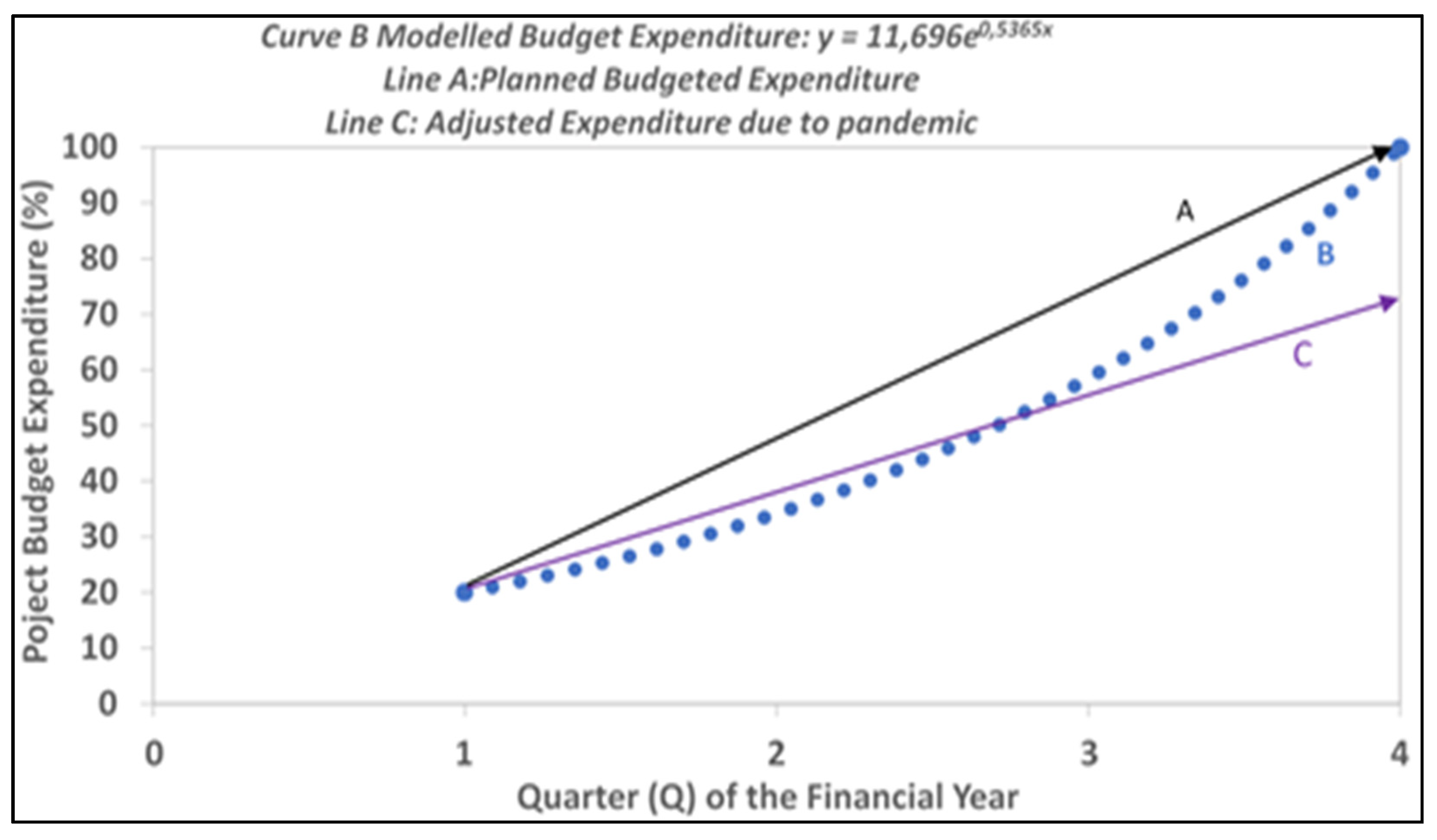

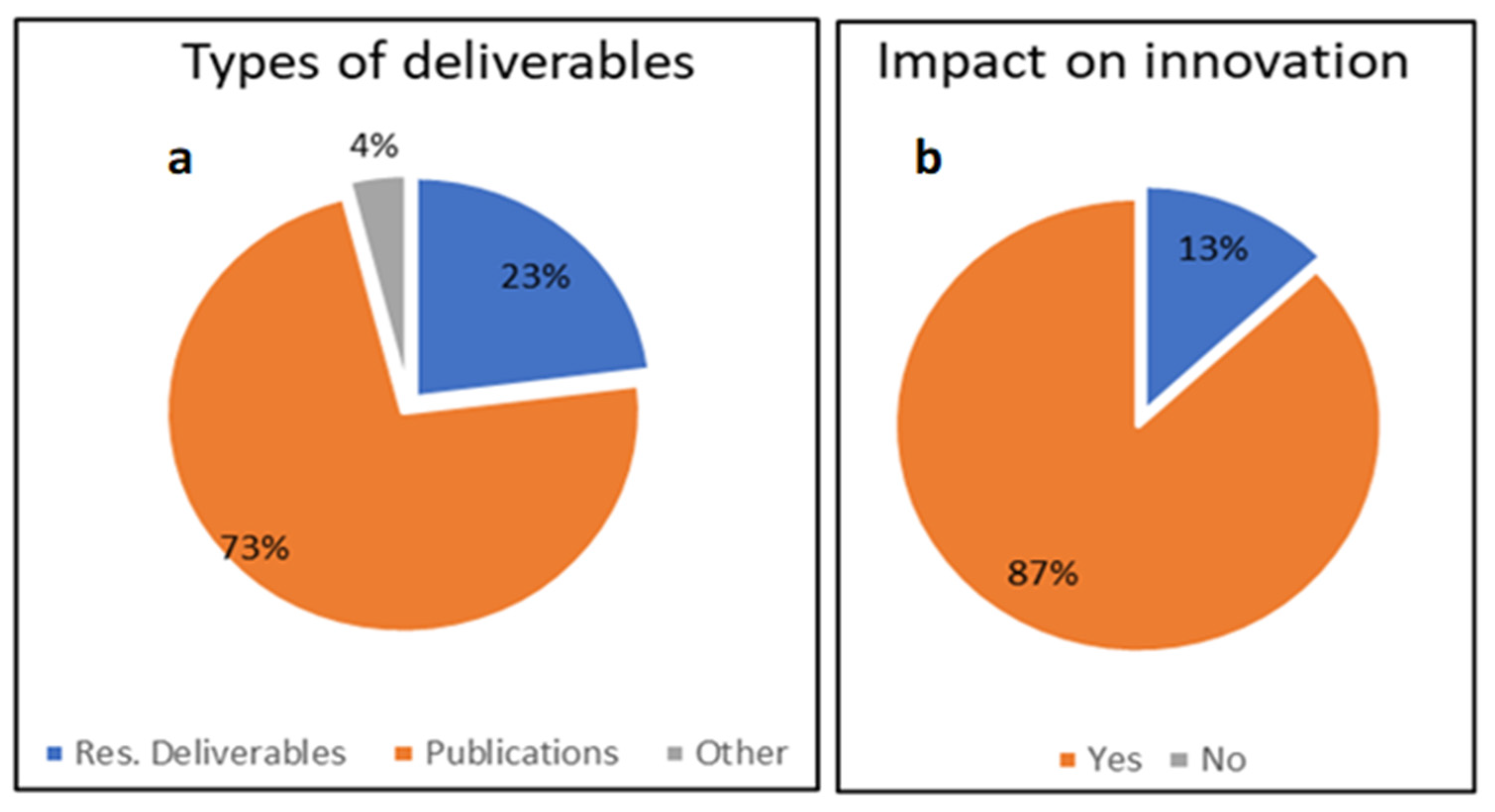
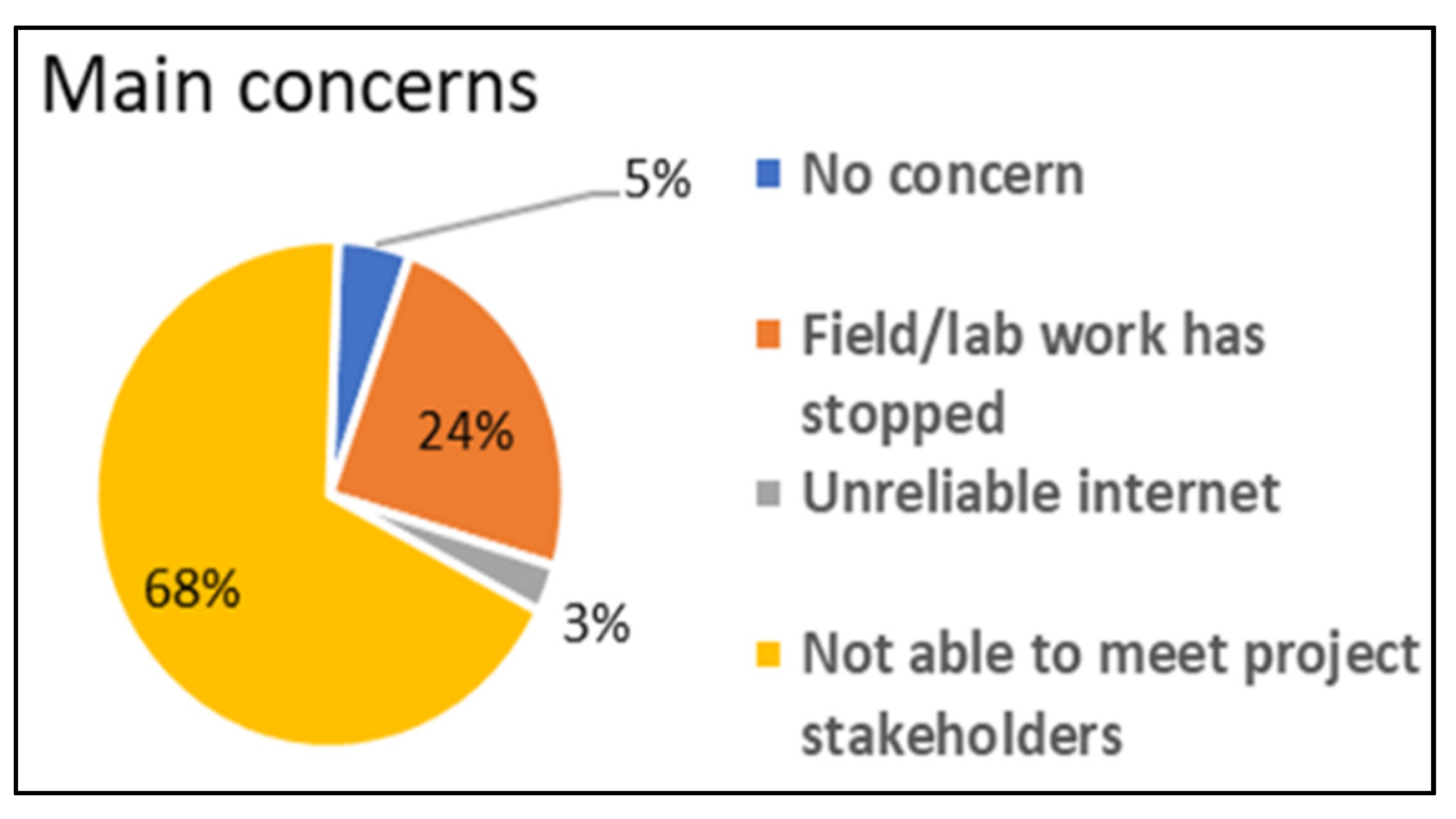

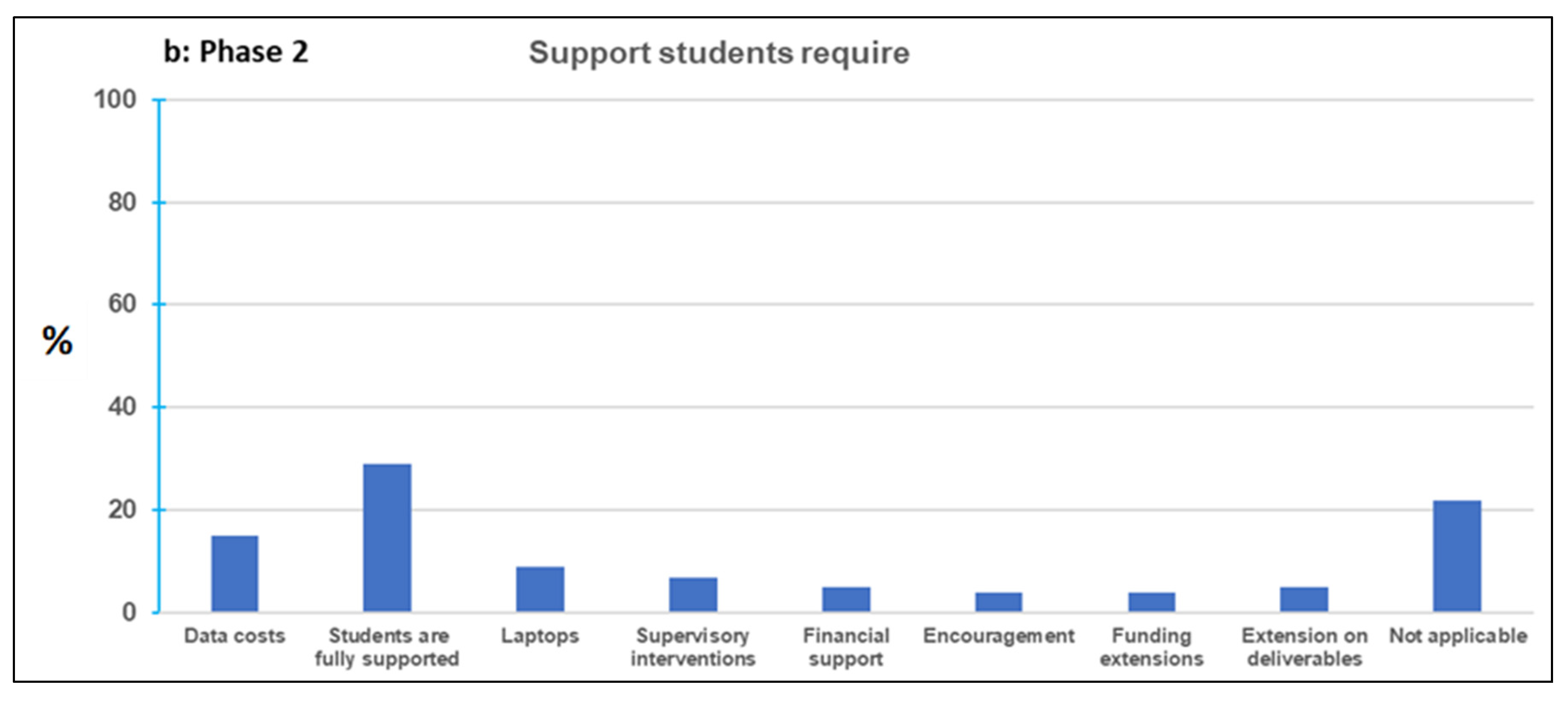
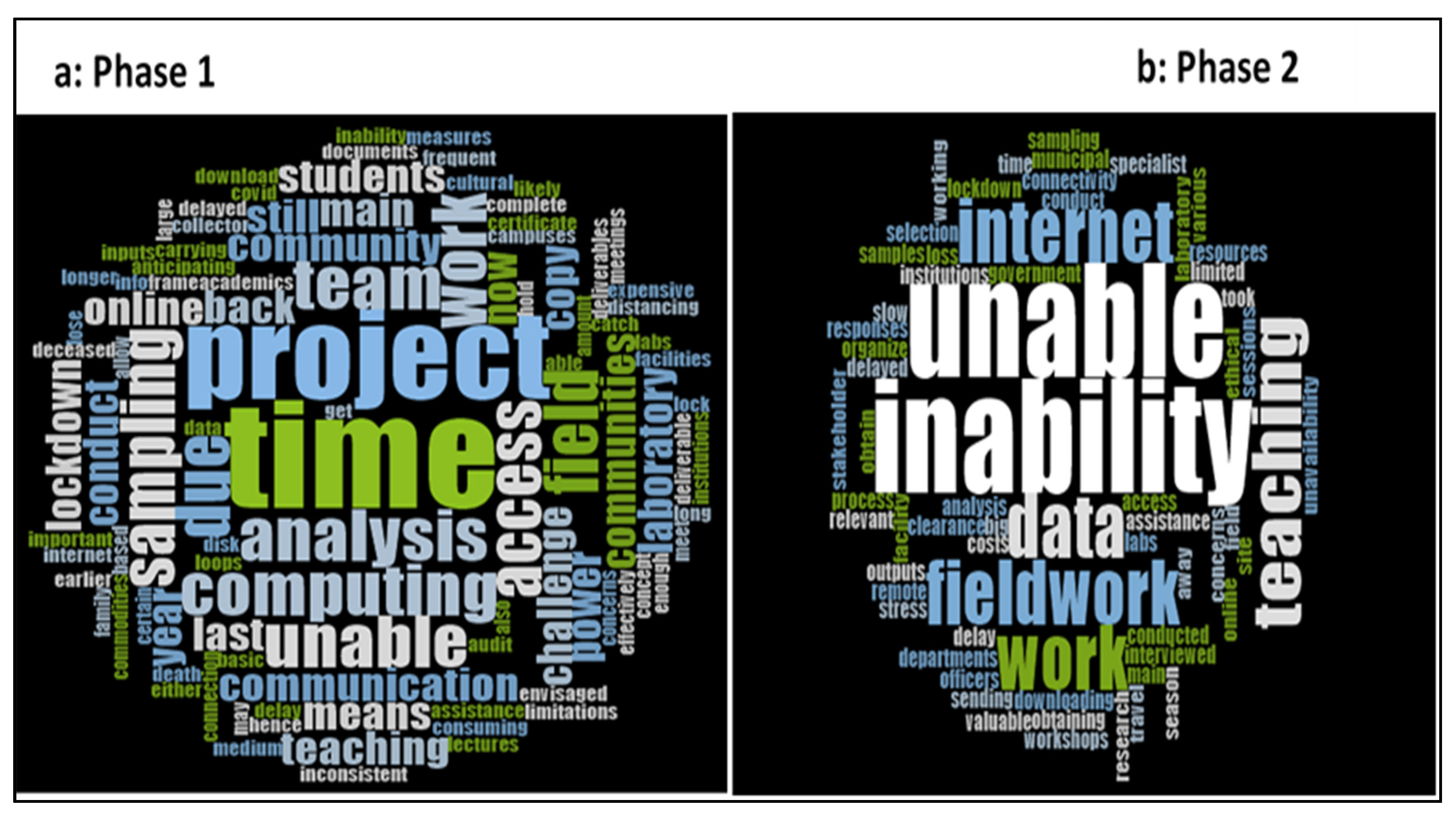
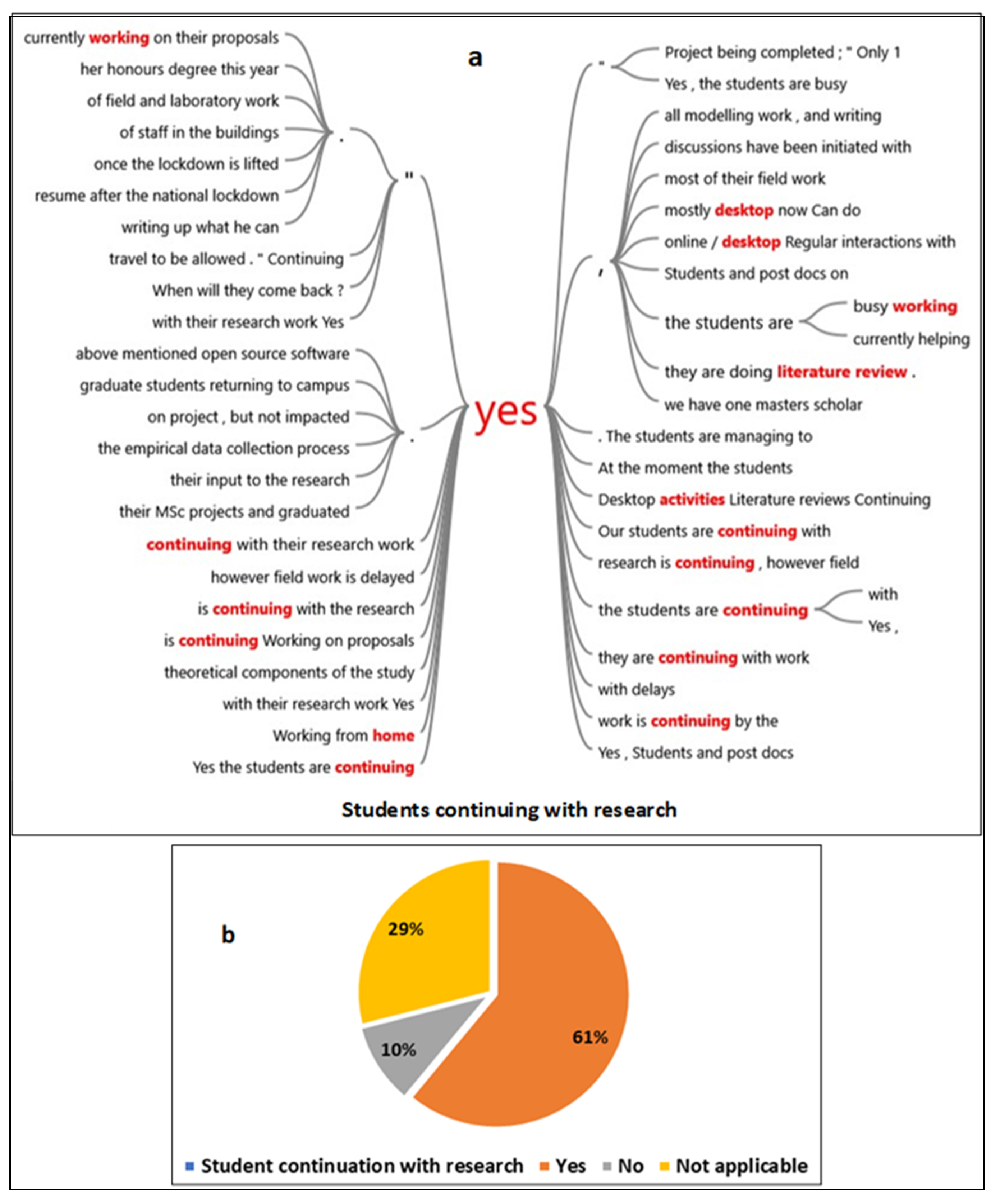
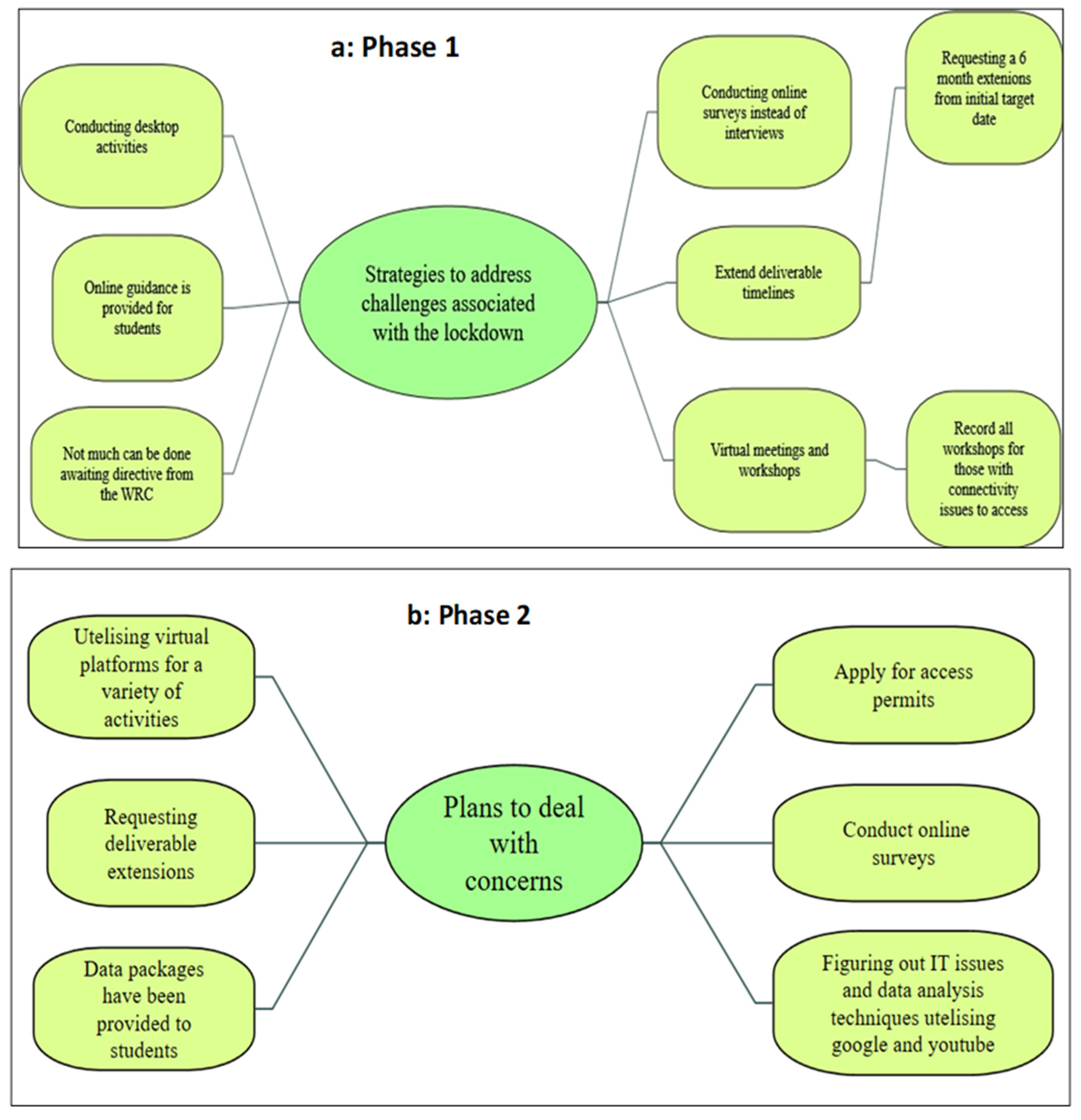

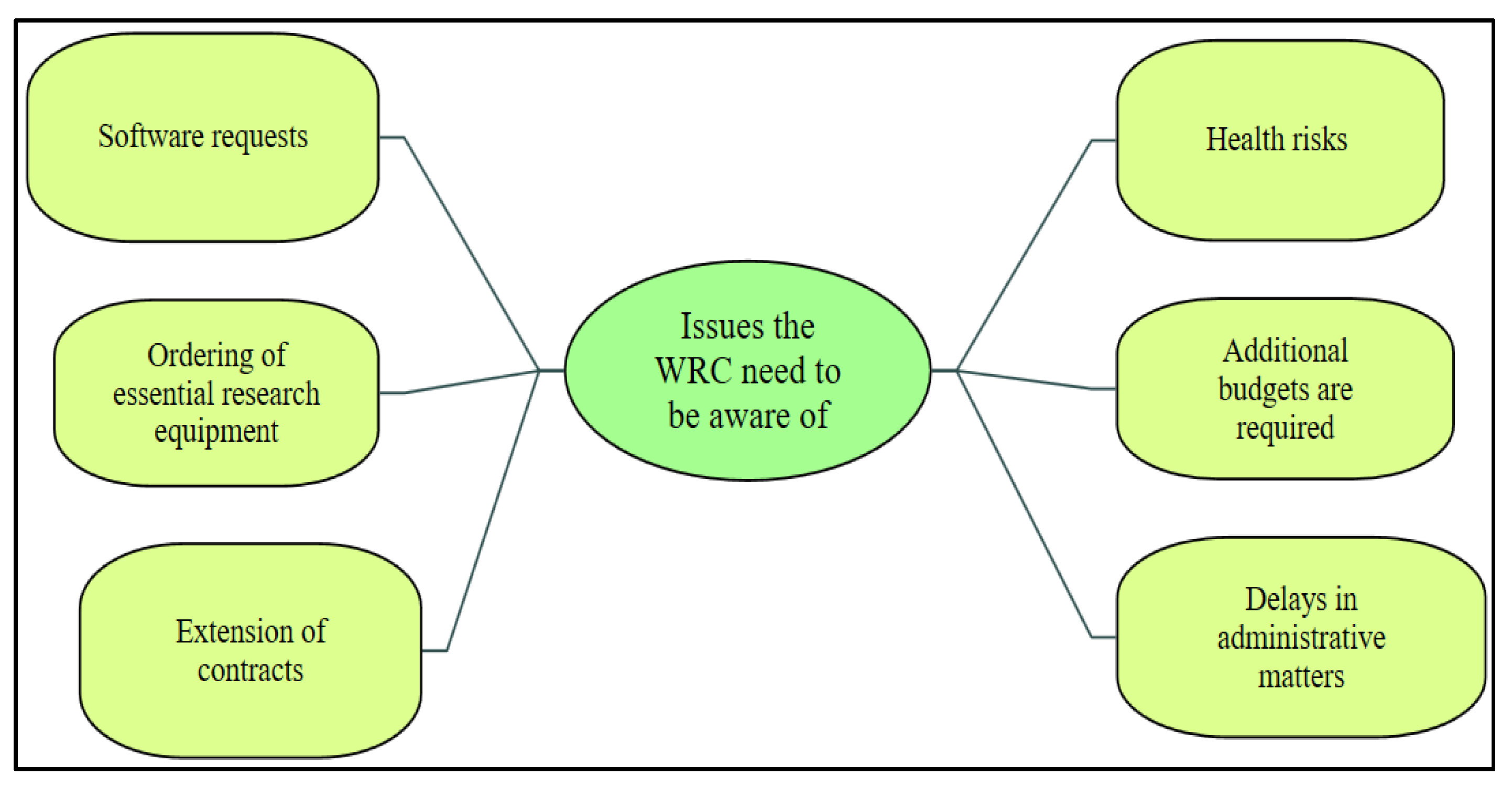

Publisher’s Note: MDPI stays neutral with regard to jurisdictional claims in published maps and institutional affiliations. |
© 2022 by the authors. Licensee MDPI, Basel, Switzerland. This article is an open access article distributed under the terms and conditions of the Creative Commons Attribution (CC BY) license (https://creativecommons.org/licenses/by/4.0/).
Share and Cite
Goldin, J.; Nhamo, L.; Ncube, B.; Zvimba, J.N.; Petja, B.; Mpandeli, S.; Nomquphu, W.; Hlophe-Ginindza, S.; Greeff-Laubscher, M.R.; Molose, V.; et al. Resilience and Sustainability of the Water Sector during the COVID-19 Pandemic. Sustainability 2022, 14, 1482. https://doi.org/10.3390/su14031482
Goldin J, Nhamo L, Ncube B, Zvimba JN, Petja B, Mpandeli S, Nomquphu W, Hlophe-Ginindza S, Greeff-Laubscher MR, Molose V, et al. Resilience and Sustainability of the Water Sector during the COVID-19 Pandemic. Sustainability. 2022; 14(3):1482. https://doi.org/10.3390/su14031482
Chicago/Turabian StyleGoldin, Jacqueline, Luxon Nhamo, Bongani Ncube, John Ngoni Zvimba, Brilliant Petja, Sylvester Mpandeli, Wandile Nomquphu, Samkelisiwe Hlophe-Ginindza, Mariska Riana Greeff-Laubscher, Virginia Molose, and et al. 2022. "Resilience and Sustainability of the Water Sector during the COVID-19 Pandemic" Sustainability 14, no. 3: 1482. https://doi.org/10.3390/su14031482
APA StyleGoldin, J., Nhamo, L., Ncube, B., Zvimba, J. N., Petja, B., Mpandeli, S., Nomquphu, W., Hlophe-Ginindza, S., Greeff-Laubscher, M. R., Molose, V., Lottering, S., Liphadzi, S., Naidoo, D., & Mabhaudhi, T. (2022). Resilience and Sustainability of the Water Sector during the COVID-19 Pandemic. Sustainability, 14(3), 1482. https://doi.org/10.3390/su14031482







